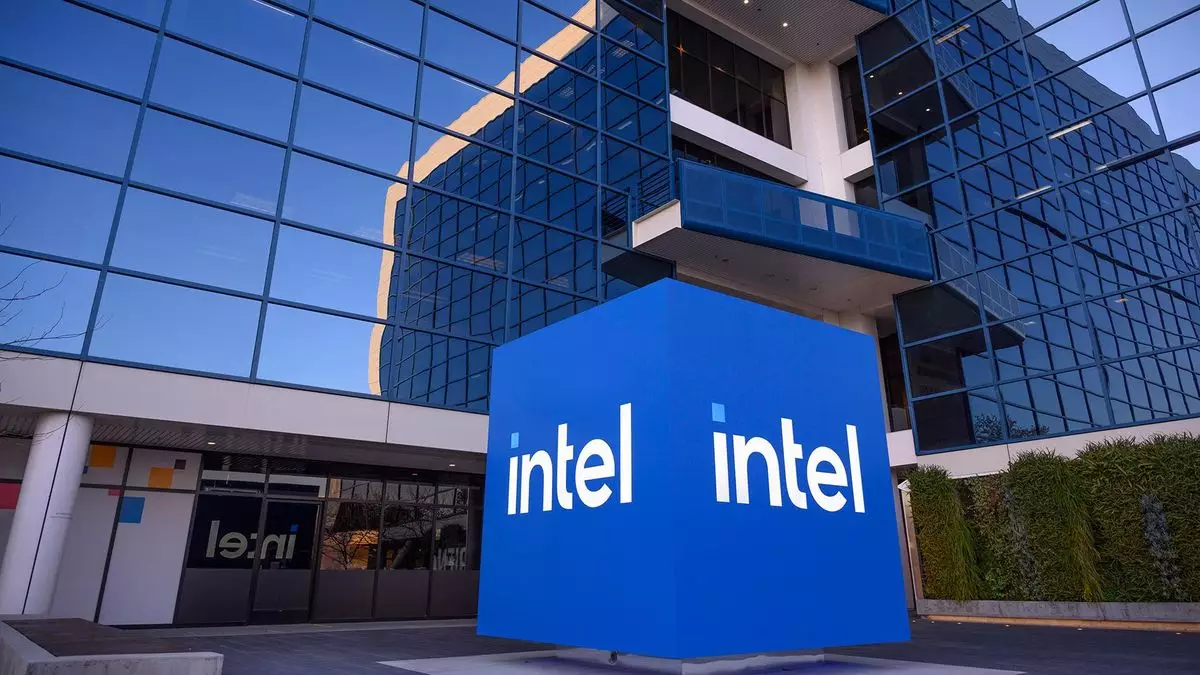Intel, once a titan in the semiconductor industry, stands as a cautionary tale of what can happen when strategic foresight falls by the wayside. The company’s history is steeped in critical decisions that could have transformed its trajectory and safeguarded its dominance in an ever-evolving market. A notable example of this phenomenon is Intel’s missed opportunity to acquire Nvidia, a decision that echoes through its current struggles. This article examines Intel’s strategic blunders, the reasons behind them, and the lessons that can be gleaned for its future.
In the early days of Paul Otellini’s tenure as Intel’s CEO, a rare opportunity presented itself: acquiring Nvidia, a burgeoning graphics company that was beginning to emerge as a key player in computing. However, resistance from the board stemmed from Nvidia’s hefty $20 billion valuation at the time. This potential acquisition, which would have marked Intel’s most significant purchase to date, was shelved due to concerns about its cost and implications. In hindsight, this appears to be a catastrophic miscalculation. Nvidia’s skyrocketing market value—currently hovering around $3.5 trillion—is a testament to the rapidly increasing importance of graphics processing in technology, particularly with the rise of artificial intelligence.
While it is tempting to criticize Intel’s executives for their short-sightedness, it is worth acknowledging the prevailing mentality within the company. At the time, Intel was heavily invested in x86 architecture and enjoying substantial profits from its dominant position in CPU manufacturing. This golden era blinded many decision-makers to the potential of other segments of the market, particularly those related to graphics computing.
Intel’s corporate culture contributed significantly to its inability to pivot and embrace a more diverse strategy. Described as “the largest single-cell organism on the planet,” this insular mindset stifled innovation and led to an inward focus that limited the company’s capacity to explore new opportunities. This homogeneity narrowed the lens through which executives viewed industry trends, diminishing their ability to assess the strategic importance of sectors like artificial intelligence and graphics processing.
By contrasting Intel’s approach to that of its contemporaries, it becomes evident that a broader perspective could have afforded Intel significant strategic advantages. Companies that actively seek partnerships, explore acquisitions, and diversify their portfolios are often the ones that adapt successfully to market changes. Intel’s continued emphasis on its traditional business model proved detrimental, particularly as competitors began capitalizing on the burgeoning AI market.
The consequences of Intel’s misalignment with market demands did not stop with the Nvidia opportunity. Another notable misstep was Intel’s refusal to invest in OpenAI back in 2018. The missed chance to acquire a $1 billion stake in what is now an $80 billion company exemplifies a pattern of strategic oversight. Had Intel seized this opportunity, it would have resulted in a staggering increase in value for the company, potentially bolstering its financial standing significantly.
However, this trend of poor strategic planning and risk-averse behavior illustrates Intel’s deepening woes as it grapples with mass layoffs, cancelled dividends, and manufacturing setbacks. The fabric of Intel’s decision-making process, now seemingly entrenched in a cycle of reactive rather than proactive strategies, has only compounded its difficulties.
Despite the challenges ahead, Intel still possesses the resources and expertise necessary to revitalize its strategy. Under the leadership of current CEO Pat Gelsinger, there has been an increased push towards innovation, especially in the fields of artificial intelligence and advanced manufacturing processes. Embracing collaboration and external partnerships could breathe new life into Intel’s ventures, allowing it to pivot from its past missteps.
Moreover, an earnest commitment to long-term strategy building, combined with a more adaptable and open corporate culture, might enable Intel to harness its legacy while forging ahead in newer technological arenas. Instead of viewing itself solely as a CPU manufacturer, Intel must recognize its potential role in the AI domain and the importance of diversifying its investments.
Intel’s missed opportunities stand as a powerful lesson in the importance of adaptive strategy and the dangers of corporate insularity. As the tech landscape continues to shift beneath our feet, the ability to foresee and adapt to new trends will determine the industry’s future leaders. For Intel, the journey ahead is admittedly challenging, but with introspection and strategic recalibration, there remains hope for a resurgence.

